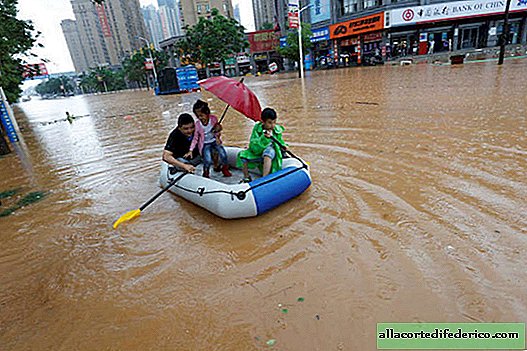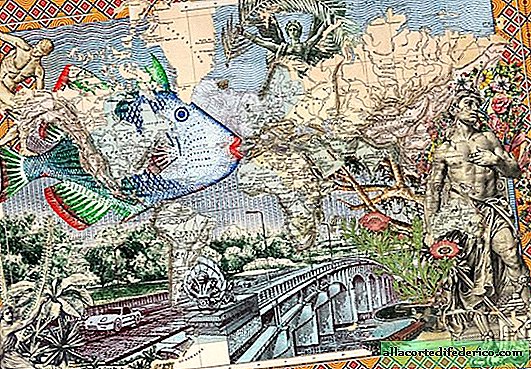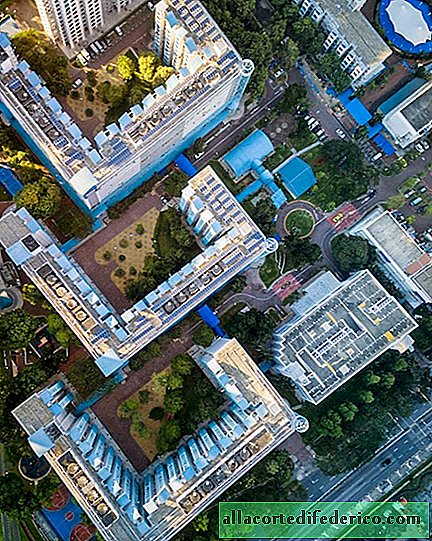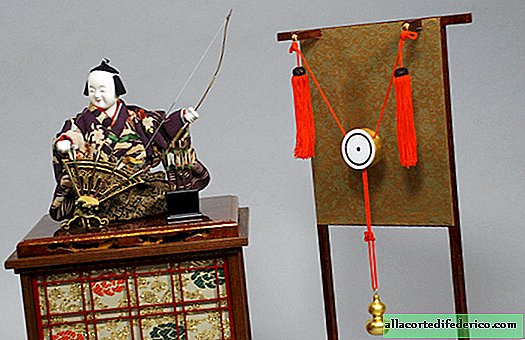Sponge City: how to escape from flooding and save excess water until drought
Many Chinese cities suffer from floods during the monsoon rains. The stormwater drainage system cannot cope with the huge amount of rainfall that falls over a short period of time. This problem is designed to solve a new concept of the city called "sponge city", which is being introduced in China today.

In modern cities, the system of rainwater absorption, which is inherent in natural landscapes, is completely disrupted. Most of the surface is occupied by buildings and paved areas, and there are catastrophically few open areas with soil and vegetation that absorb water. In Chinese cities, of course, there is a storm sewer, but, as practice shows, it often does not cope with the powerful rain showers that fall within megacities.

Special tanks, which are located underground, are called to solve this problem. Project managers believe that the city can and should absorb all the rainfall that falls on its territory, like a huge sponge. During heavy rains, excess moisture will accumulate in underground tanks and be used as needed. In addition, it is planned to pay more attention to the organization of green park zones in the city. Territories with vegetation cover, whether it is a lawn or a whole park, are much better at absorbing storm drains than sidewalks and highways.

One of the first cities where such technology was introduced was the metropolis of Shenzhen, which is home to more than 10 million people. Permeable sidewalks and special tanks below them have already appeared in some areas of this city, with a capacity of 10,000 cubic meters. The water accumulated during showers undergoes special treatment, and then it is spent on the city’s household needs. The example of Shenzhen was followed by other Chinese megacities: Shanghai, Wuhan, Xiamen and more than 10 cities.


















